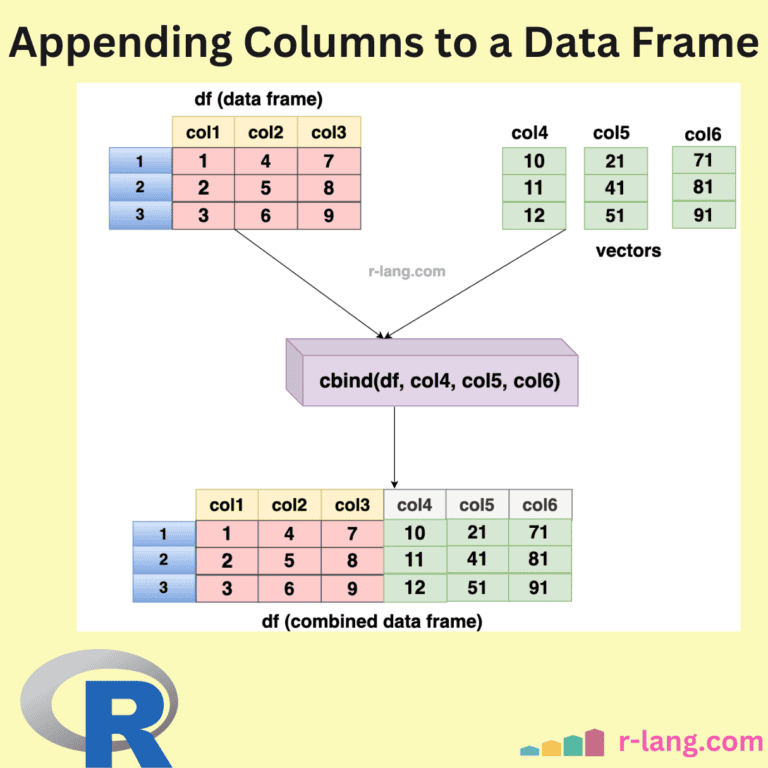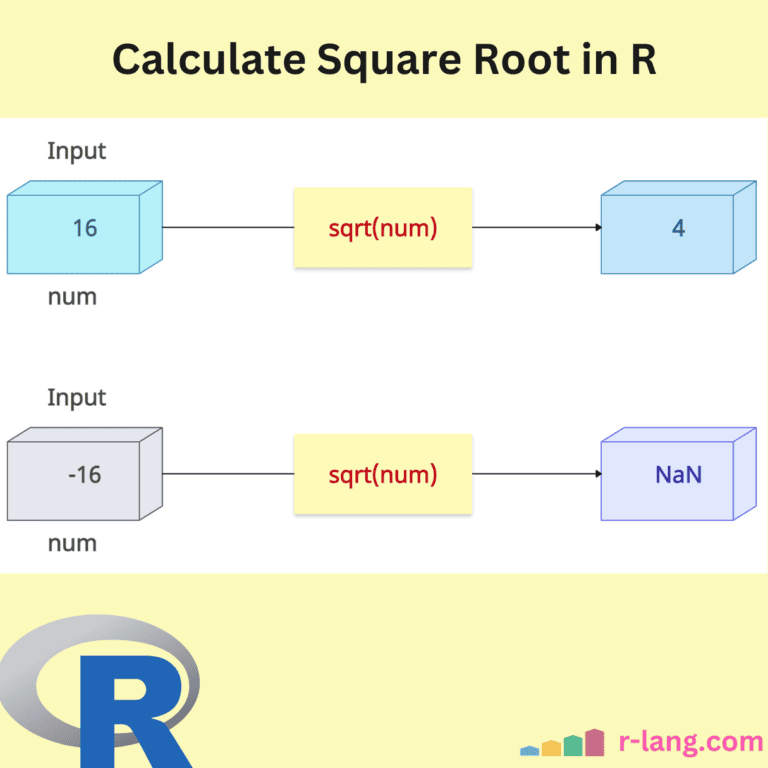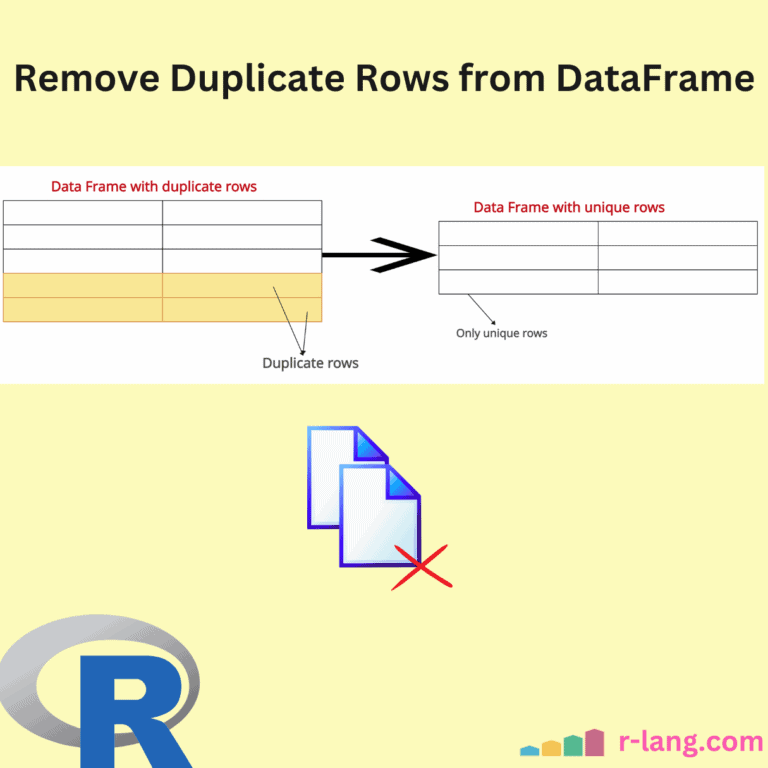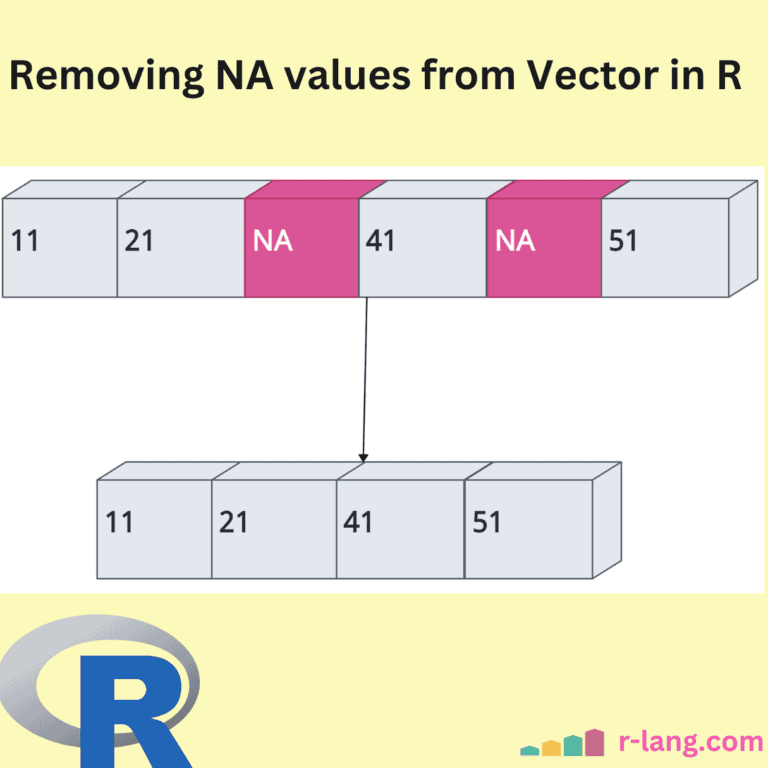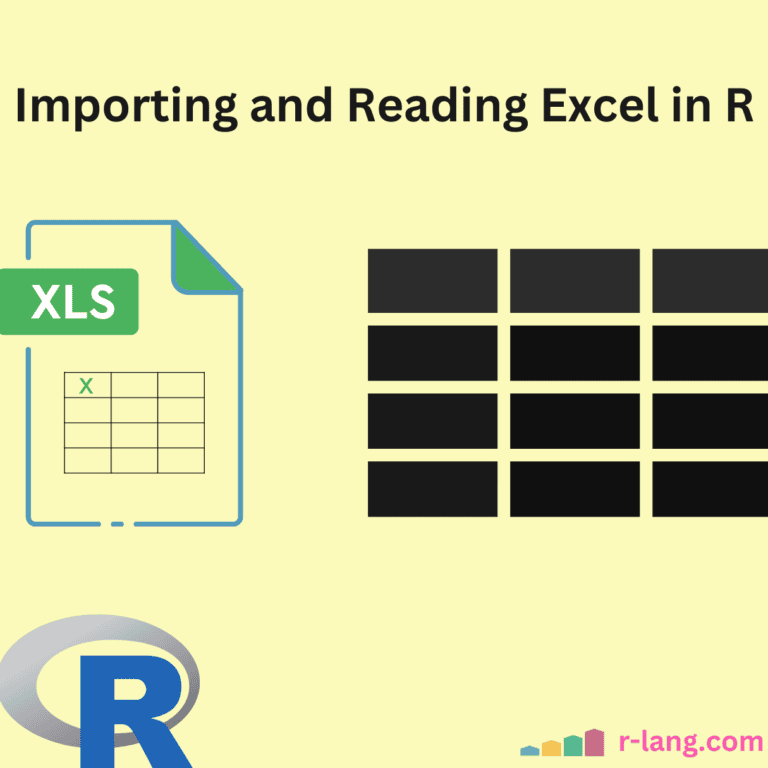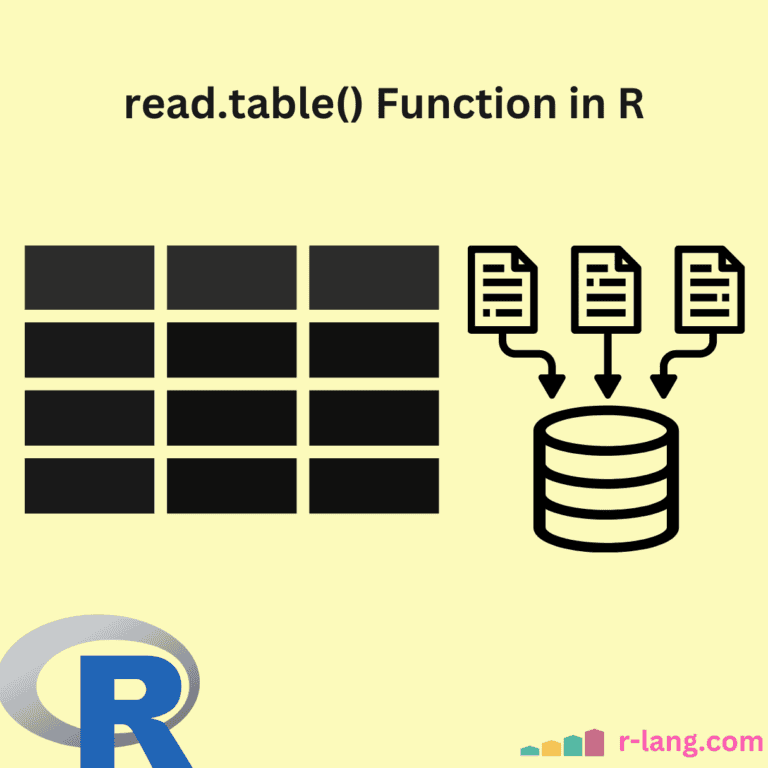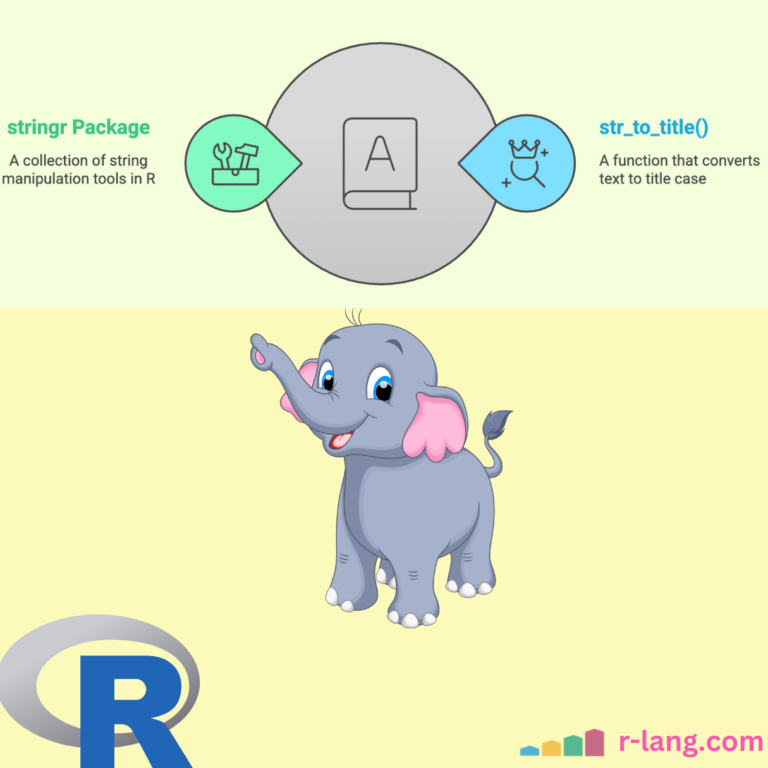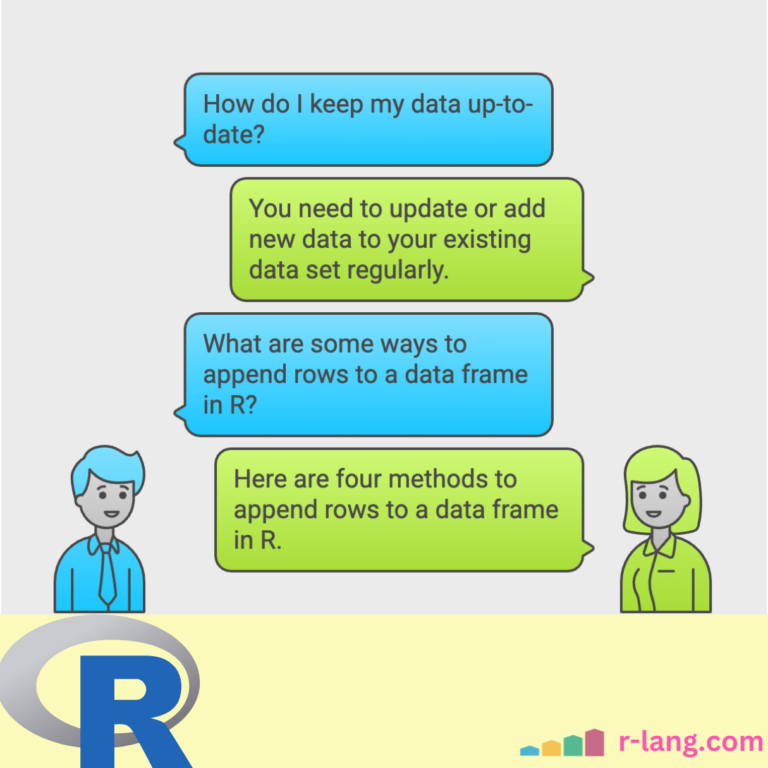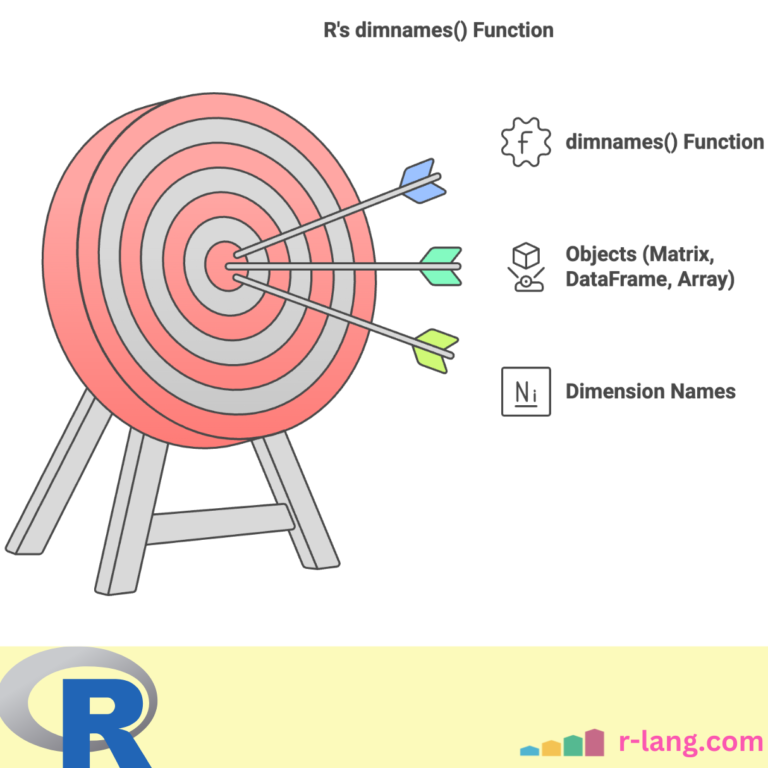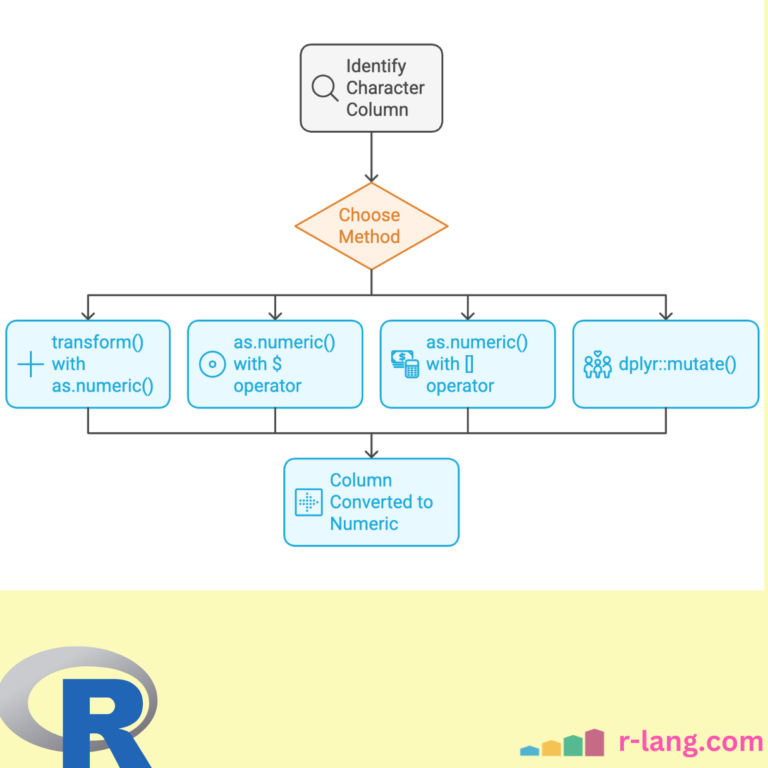Adding Single or Multiple Columns to Data Frame in R
Here are the five ways to add single or multiple columns to a data frame in R: Using $ operator Using square ([ ]) notation Using cbind() Using tidyverse::add_column() Using dplyr::mutate() Let’s understand how this works behind the scenes. In the Data Frame, each column represents a vector. To add a column, we just need to … Read more

